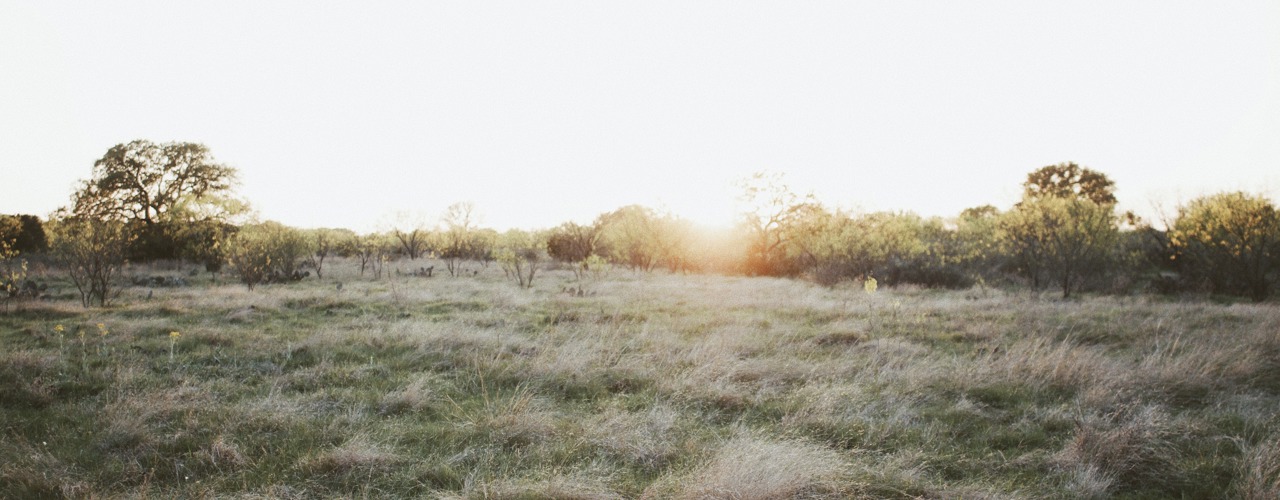

Natural resource partners release the latest report on rangeland-related carbon markets
As Texas natural resources management and conservation professionals, we find ourselves asked by landowners, public land agency representatives, local communities, and private corporate entities about carbon markets, how they function, what the implications for rangelands are, how to understand current controversies around the carbon offsets and whether they should become carbon market participants. We’ve learned, as many of you have, that voluntary carbon markets are continuing to grow rapidly and evolve in response to supply and demand, and there continue to be controversies around credit quality and the use of offsets in climate action. Given this ever-transforming and sometimes volatile space, the future of the voluntary carbon market is hard to predict. Nevertheless, these markets are engaging landowners and affecting changes on Texas lands right now. Informed natural resources professionals and landowners will better prepare us for these changes and for the management implications of other nascent markets for water, biodiversity, and other ecosystem services.
We developed Rangeland Carbon Markets to provide an overview of carbon markets specifically for natural resources professionals, landowners, agricultural producers, and others involved in making land management decisions by providing information on the background, history, processes and function of carbon markets. We focus on those carbon markets that are most applicable to rangeland systems in Texas to offer clarity for current voluntary carbon market system organization and processes. Given our focus and area of expertise and the complex and ever-shifting carbon market landscape, it is possible that there are nuances of policy and interpretation that are not completely covered, so we encourage readers to utilize some of the resources we cite for additional information.
We would like to encourage more attention and evaluation of these voluntary carbon market programs, and it is our hope that this report will help to foster a knowledgeable set of natural resources professionals and decision-makers to continue that vital conversation within Texas and the country at large.
Read the full and brief report here or flip through the report below.






